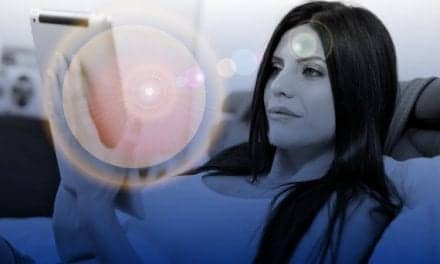Do your part to reduce sleep-related risk factors for the top 10 health threat of noncommunicable diseases.
The World Health Organization (WHO) has ranked noncommunicable diseases as one of the top 10 health threats in the world for 2019.1 Defined as chronic diseases resulting from a combination of genetic, physiological, environmental, and behavioral factors, noncommunicable diseases cause 15 million premature deaths each year of people who are between 30- and 69-years-old, the WHO states. Cardiovascular diseases account for the most deaths, followed by cancers, respiratory diseases, and diabetes. Among many things, this year WHO will work with governments worldwide to help them meet the global target of reducing physical inactivity by 15% by 2030.
Closer to home, sleep professionals can do their part to reduce sleep-related risk factors for these chronic and deadly diseases. Here are some places to start.
Familiarize yourself with the literature on the links between sleep disorders and the most deadly noncommunicable diseases. An easy way to do this is to sign up for a free NCBI (National Center for Biotechnology Information) account at www.ncbi.nlm.nih.gov/account/register, then set up email alerts for PubMed search terms such as “sleep AND ‘cardiovascular disease.’”
You can also attend events hosted by groups such as the American Academy of Cardiovascular Sleep Medicine (www.aacsm.org), American Cancer Society (www.cancer.org), American Association for Respiratory Care (www.aarc.org), American Diabetes Association (www.diabetes.org), and American Academy of Sleep Medicine (www.aasm.org).
Communicate with sleep disorders patients about other disorders and diseases they may be at risk for and consider doing screenings. For example, take the pulse of patients with central sleep apnea (CSA). If the patient is in persistent atrial fibrillation (which is commonly linked to CSA), you’ll notice it with this simple physical exam. If you see many patients who do not have primary care physicians, consider investing in the equipment needed for noninvasive vital systems assessment tests (VSATs), which tests sudomotor function, heart rate variability, and pulse wave velocity. Then refer patients to appropriate specialists if there are abnormal results.

Sree Roy
[email protected]
Build strong bidirectional referral networks with other specialty practices. A tried-and-true practice to build your network is to cultivate personal relationships. For example, invite local endocrinologists to sleep seminars and accept their invitations for diabetes-related events. Give every referring provider your personal email address and cell phone number to encourage direct communication. Also, make your own referral form as quick and easy as possible, perhaps even as simple as checking one box. Perhaps most importantly, communicate quickly (within 72 hours) and effectively (SOAP is a good format) with all providers who refer to you and refer most often to providers who do the same for you.
Risk factors for noncommunicable diseases—such as tobacco use, physical inactivity, and unhealthy diets—are multifactorial. And sleep specialists can do their part by addressing sleep-related factors that contribute to the worldwide threat.
Sree Roy is editor of Sleep Review.
Reference
1. WHO. Ten threats to global health in 2019. Available at www.who.int/emergencies/ten-threats-to-global-health-in-2019

![Communicating About Noncommunicable Diseases [Editor’s Message]](https://sleepreviewmag.com/wp-content/uploads/2019/02/WHO-noncommunicable-diseases.jpg)

